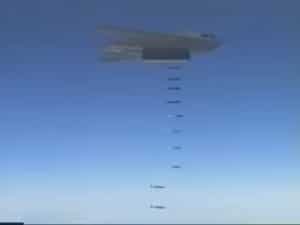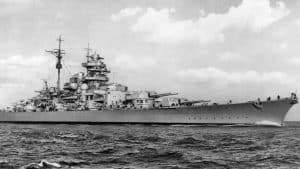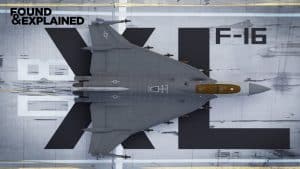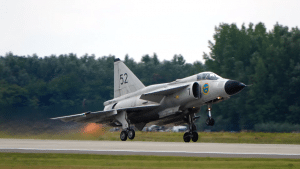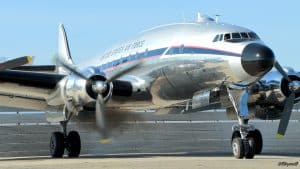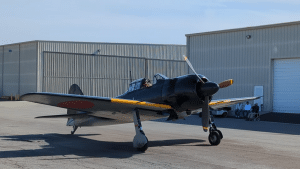What Happened To Germany’s Flying Fortress
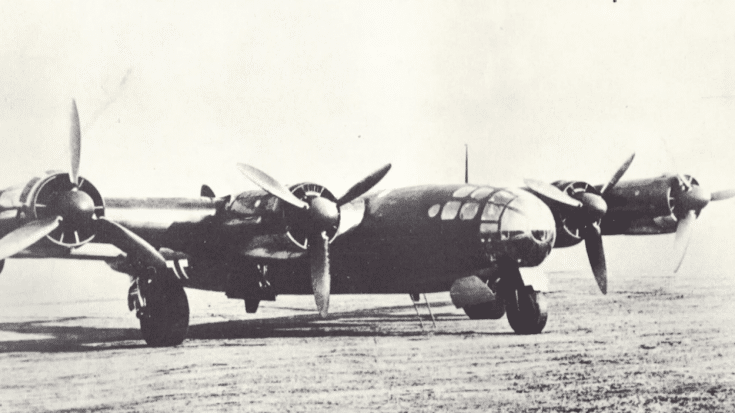
YouTube / Ed Nash's Military Matters
Even before the attack at Pearl Harbor, Hitler was already actively thinking about how the Germans would invade the United States. With Japan’s attack, it appeared to be the right time to initiate.
Roots
In March 1941, the German Aviation Ministry issued an order for 24 long-range bombers under the development of Messerschmitt, with the immediate construction of six pre-production test aircraft. This would be part of an ongoing saga that would become the Me 264.
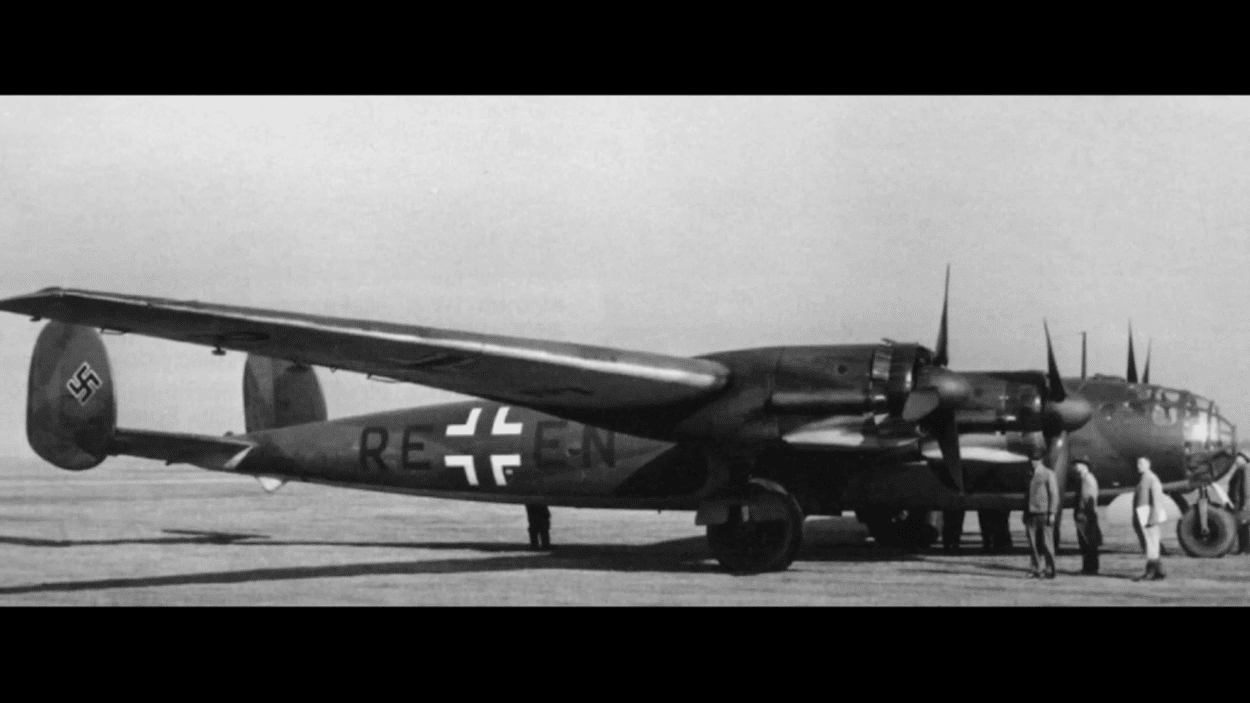
The Me 264 had its roots in pre-war research projects and prototypes that Messerschmitt was developing.
First Prototype
It wasn’t until December of 1942 that the prototype the Me 264 V1 made its first flight. In terms of build, the plane had a very clean superstructure of circular cross-section for minimized drag to enhance fuel efficiency – a profile that looks superficially like the American B-29 heavy bomber.
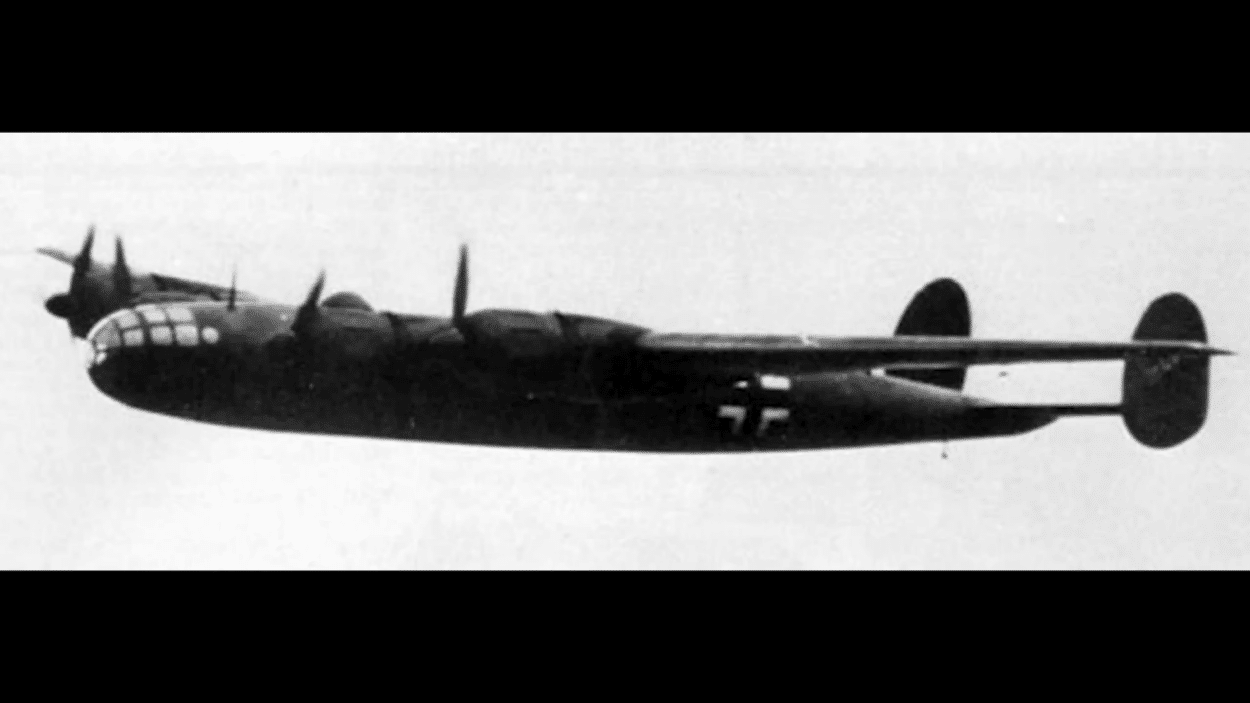
Because it was intended as a long-range aircraft, behind the cockpit was a rest area for the crew. It also has a huge wing, spanning 43 meters that was shoulder-mounted and had a slight backward sweep with a sharp taper towards the wing tips. The prototype also housed the four engines – Junkers Jumo 211s producing 1,400 hp each, and the fuel tanks. No armament was fitted as the bomber was purely intended for flight trials.
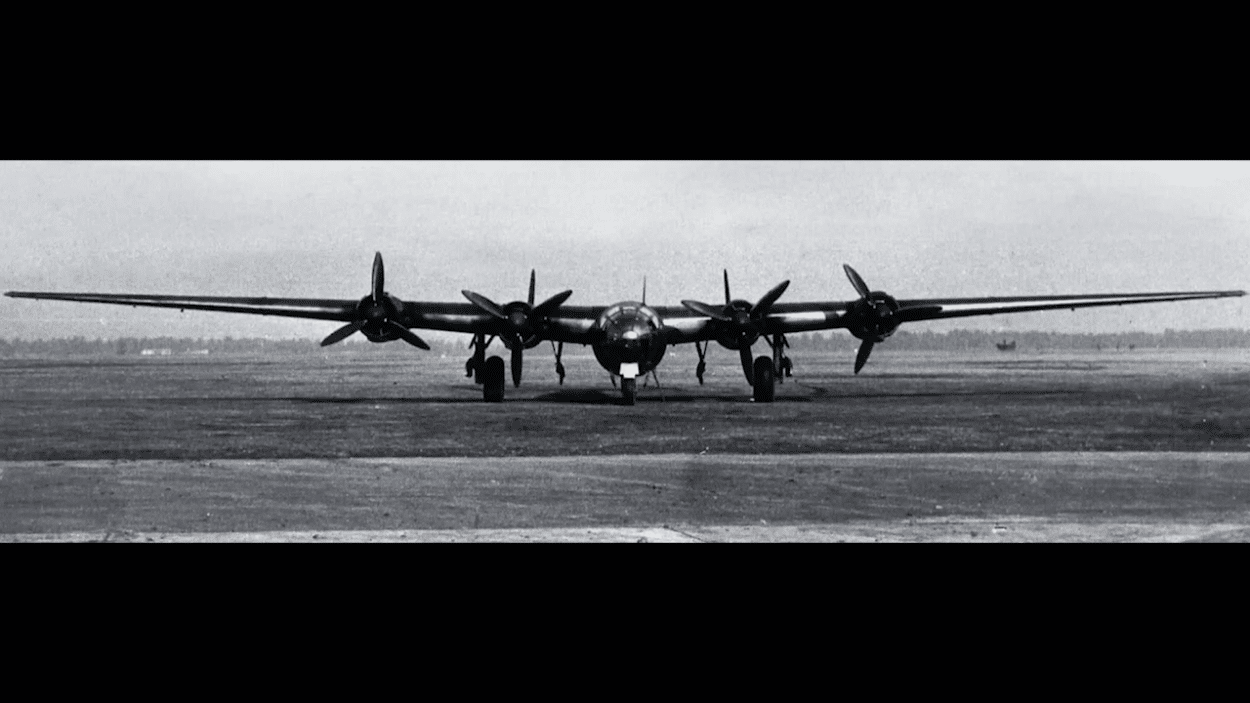
Despite this, however, the bomber was not without issues. According to an official from the RLM who flew the repaired V1, there were issues mainly around the heating of the cockpit from the glazed nose. He then advocated that efforts should be focused instead on Focke-Wulf’s proposed Ta-406 engine design and the existing Ju-290, and He-177 designs.
Disaster Strikes
After so much politics about whether or not the Me 264 should be pushed for production, the bomber finally received the more powerful BMW 801 engines that would produce 1,700 hp on takeoff. It continued to undergo development, but on July 18, 1944 disaster struck when the USAF managed to finish the job and destroy the V1 – the only completed Me 264 in a bombing raid.
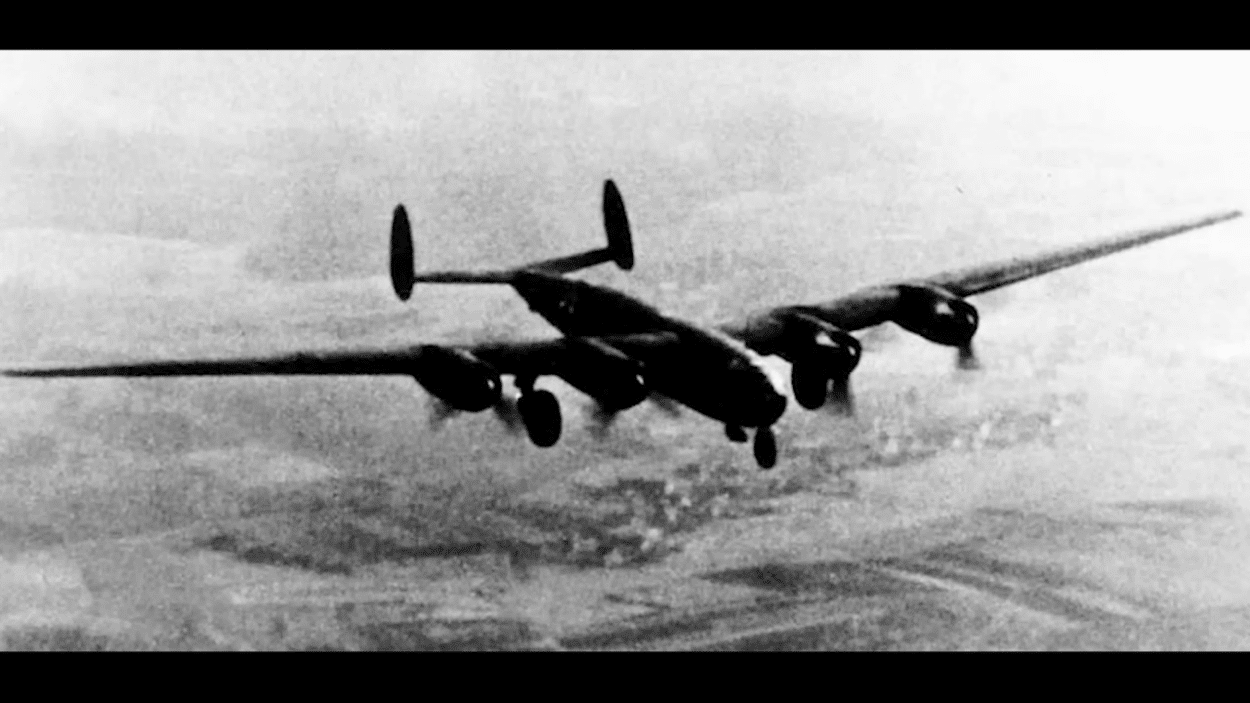
Three weeks after the prototype’s destruction with practically nothing to show with all those years of effort, Hitler ordered to have the fastest possible production of Me 264s. A few weeks later in September, Admiral Donetsk was able to talk him out of it.
The Inevitable
However, it wasn’t until October of 1944 that Messerschmitt received an order to stop their work on the remaining two prototypes.
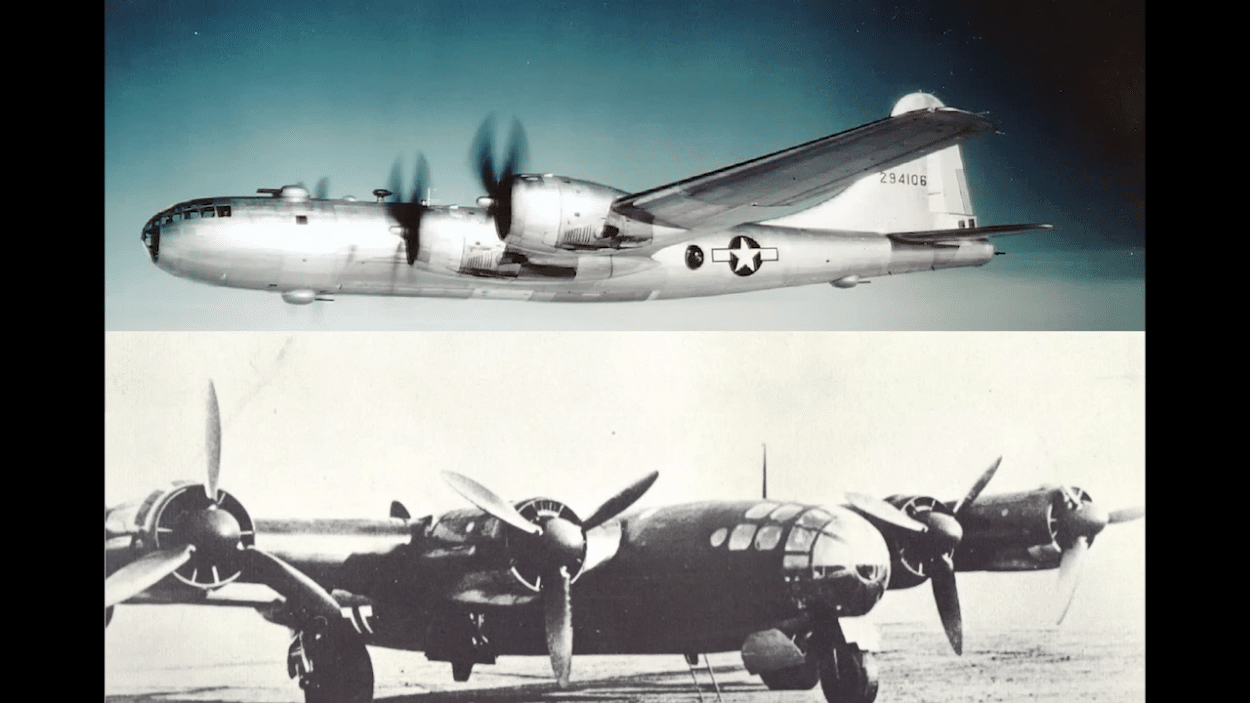
During this time, the Allies had demonstrated air superiority in the European theater. In fact, by the time the Me 264 V1 was destroyed in 1944 and its future was unclear, B-29s were already used on a large scale in operations.












